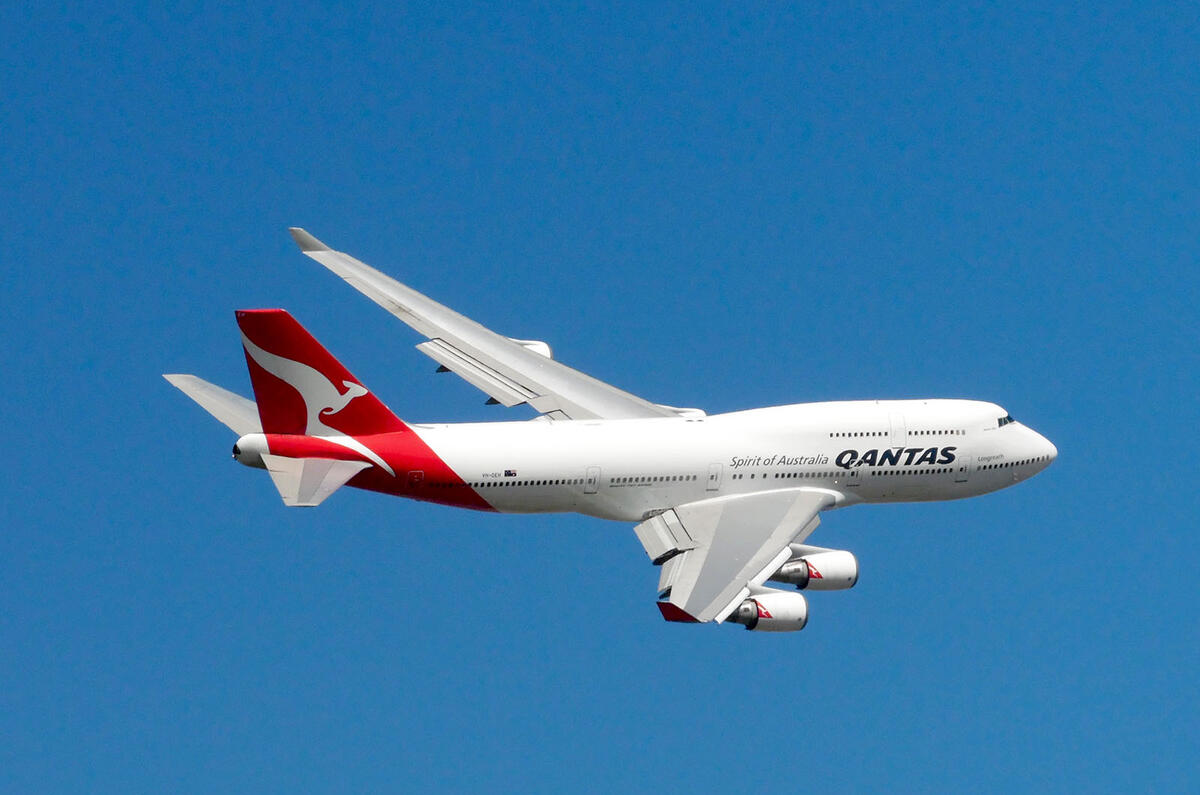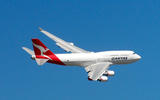We’re in the stunning and historic London headquarters of the Royal Aeronautical Society.
The building, just off Hyde Park Corner, oozes history, with varnished noticeboards carrying the names of the society’s past presidents, many of whom were at the forefront of aeronautical engineering and development.
I’m here to talk about self-driving cars with a gentleman called Tony Henley, who has spent his whole career in the world of avionics including 35 years at BAE Systems specialising in navigation and navigation displays. He has a degree in electronics and a masters in instrumentation. Today he is a consultant to various bodies, including the government, on subjects that include drones.
Tesla Autopilot crash: transport expert defends autonomous driving tech
Why am I talking to an aviation expert about cars? Because more than once I’ve been sitting next to a car company executive who, when I’ve brought up the subject of self-driving cars, has drawn a comparison between autonomous cars and aircraft and said that for decades airliners have been flying around the place on autopilot, so why can’t the same be done with cars? I’m not a professional pilot but I have flown privately all around Europe and have been a co-pilot in business jets and turboprops. The sky is very big and when you’re flying in controlled airspace, which all airliners do, you are being monitored and tracked.
And, crucially, kept separate from other aircraft.
I’m not concerned here with the common question of ‘How does the autonomous car choose between hitting a child or an old person?’ or the legal ramifications of an autonomous car having a prang. Those are interesting and important subjects, but I want to talk to Henley about the technology that’s involved. About redundancy, for example. I know that the Boeing 747 jumbo jet was equipped with three independent autopilot systems right from its launch in 1969.
“The first thing that we have to get straight,” says Henley, “is the difference between autonomous and automated. It is illegal for an aircraft to be autonomous or not controlled by a human, even in the case of a drone. Modern airliners are highly all automated, not autonomous. But you’re correct about redundancy on airliners. The Boeing 777, for example, has nine independent flight control computers in three different compartments. “This is probably overkill even by aviation standards, but it’s not just the level of redundancy, it’s also the integrity of the individual computers themselves. In aviation, we have something called Design Assurance Levels, or DAL for short. DAL A is the highest level, DAL B the second, DAL C third, and so on. DAL A and B are essentially the same specification, it’s just that B requires less testing and certification work. Incidentally, the manual that contains the specifications and parameters for how software is written is 1000 pages long.















Join the debate
Add your comment
An aircraft on the M 25?
At 30 000 ft, an airliner can fly in reasonable safety: it is alone in a huge cube of airspace! The real danger comes at landing time when it has to share space with other aircraft.
At 0 ft, a car can drive in reasonable safety on a straight road in Utah! Far too many imponderables: from white vans to idiots undertaking or lane hogging, etc...
Even with drivers as alert as they might be (ok, some are perhaps less alert than others) we see the results of dreadful accidents every day.
Drivers MUST remain in charge!
yvesferrer wrote:
Are people better equipped to respond to unexpected events on the road than computers?
Perhaps autonomous cars would still have accidents, but less frequently than cars driven by humans?
I don't know the answer to these questions; it's something to consider.
Automated speed restrictors
It's harder to do an
It's harder to do an autonomous system for cars and with cheaper components than for planes.
Correct